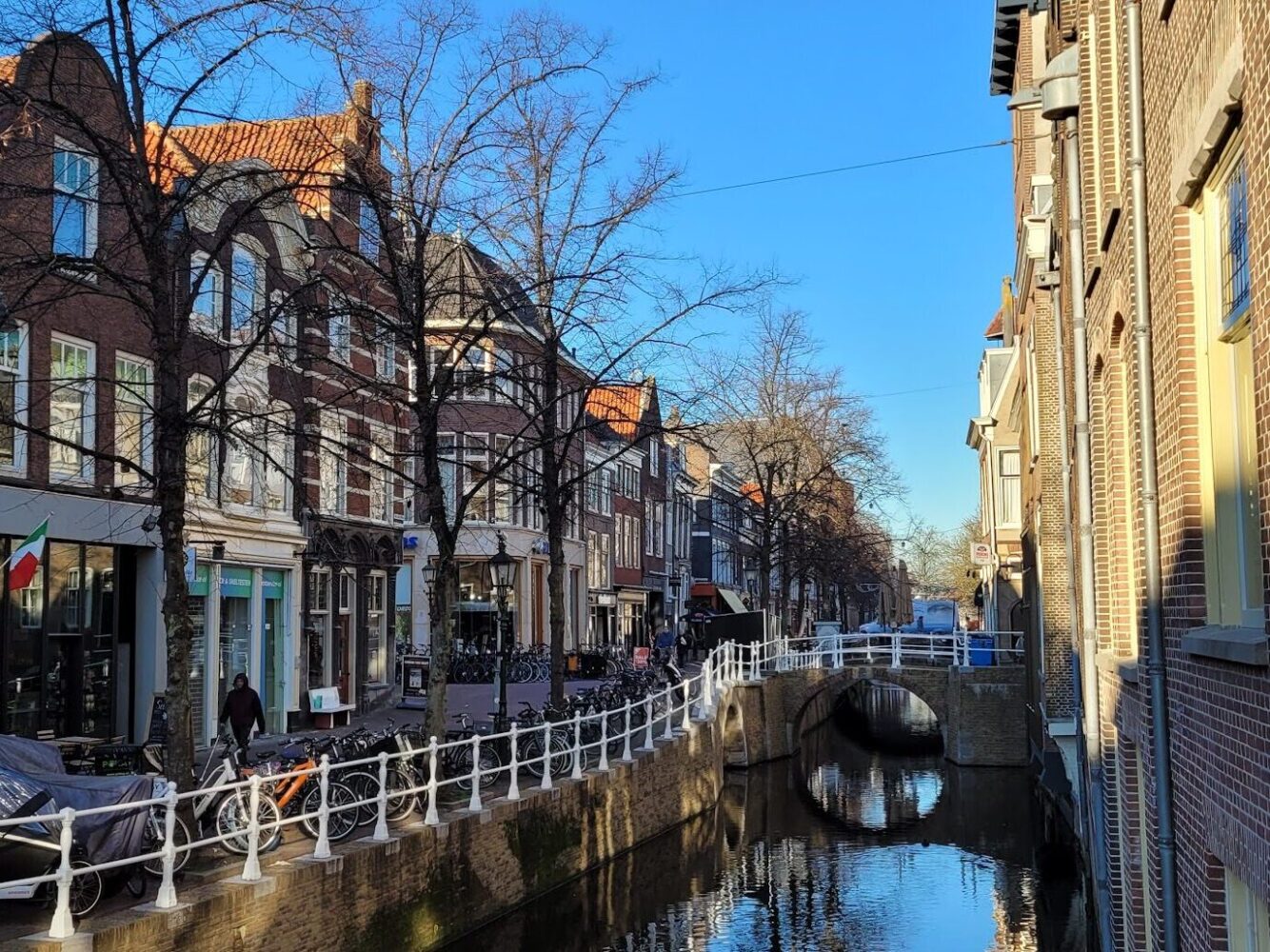The Origins of Delft's Canals
Delft's canals date back to the 13th century, originally constructed for defense and water management. The Oude Delft, the city's oldest canal, was dug around 1100 AD. It served as a crucial waterway for transporting goods and people, shaping the city's early development.
Architectural Marvels Along the Water

Walking along the canals, one can observe the unique architecture of Delft's historic buildings. The leaning houses, a result of settling foundations, add character to the cityscape. Notable structures include the Prinsenhof, once a monastery and now a museum, where William of Orange was assassinated in 1584.

The Role of Canals in Trade and Commerce

In the 17th century, Delft's canals were bustling with trade. The city was a hub for the Dutch East India Company, with goods like spices and ceramics flowing through its waterways. The canals facilitated the transport of Delftware, the famous blue and white pottery, which became a symbol of the city.
Modern-Day Life on Delft's Canals
Today, Delft's canals are lined with cafes and shops, offering a glimpse into modern Dutch life. The Saturday market along the Markt canal is a vibrant scene, where locals and tourists alike enjoy fresh produce and local crafts. Canal tours provide a unique perspective of the city, highlighting its blend of history and contemporary culture.
Preservation and Challenges
Maintaining Delft's canals is an ongoing effort. The city invests in regular dredging and restoration to preserve these historic waterways. Climate change poses new challenges, with rising water levels threatening the delicate balance of the canal system. Local initiatives focus on sustainable water management to protect this vital part of Delft's heritage.










